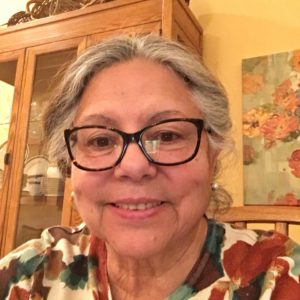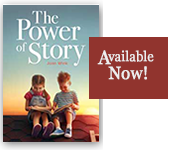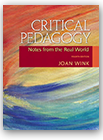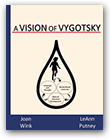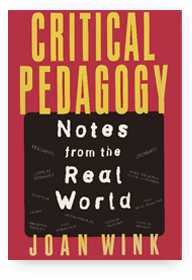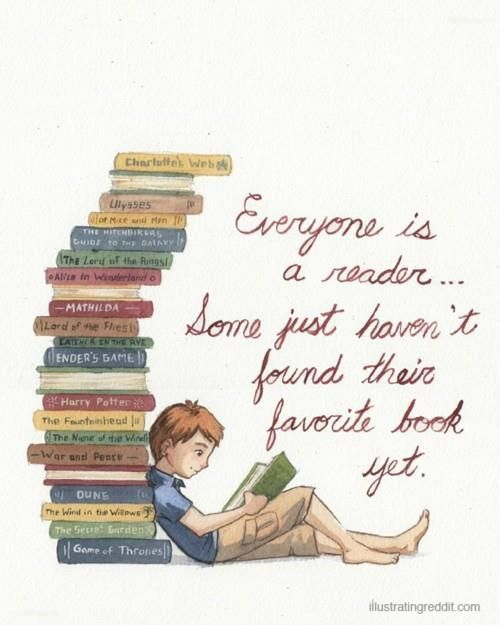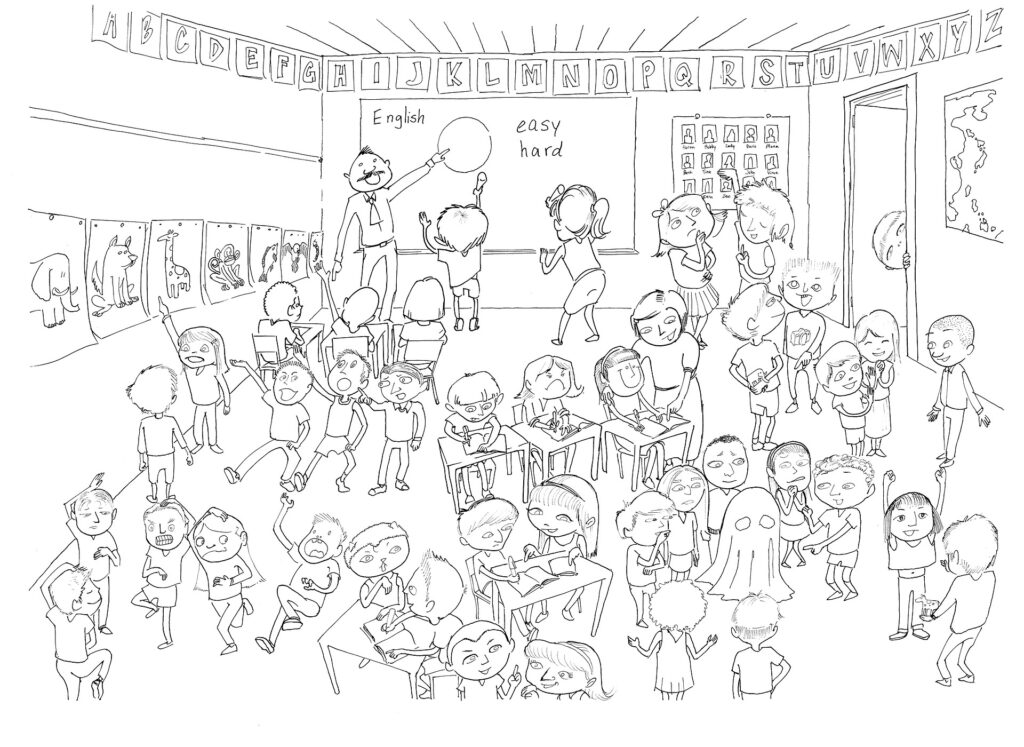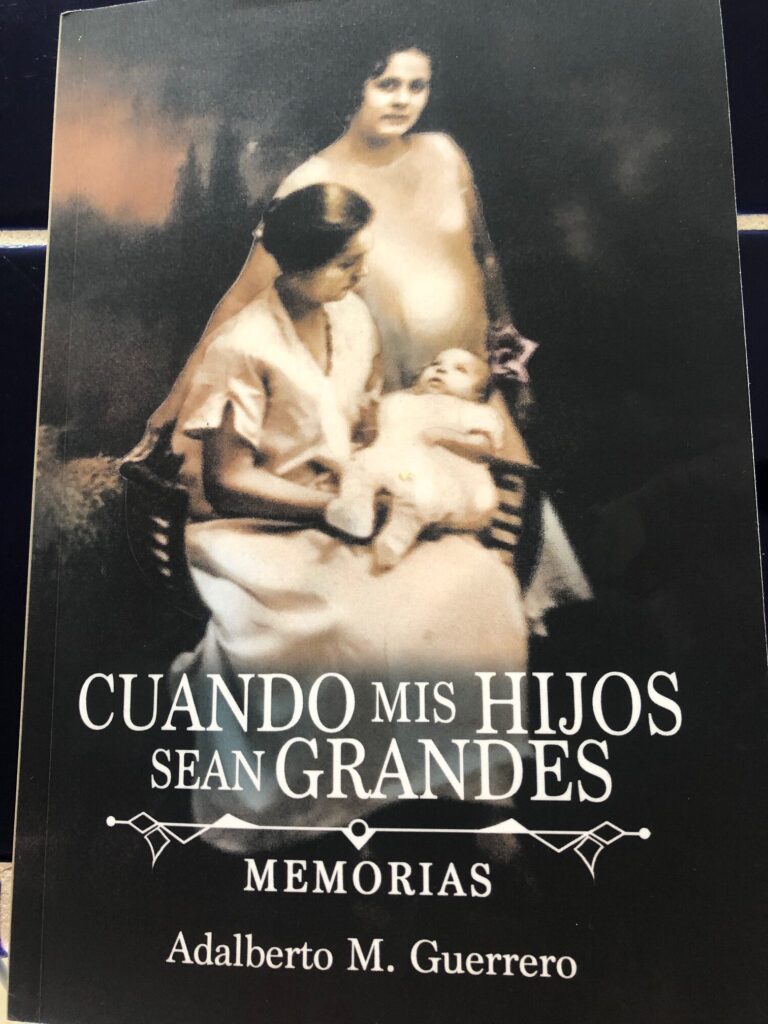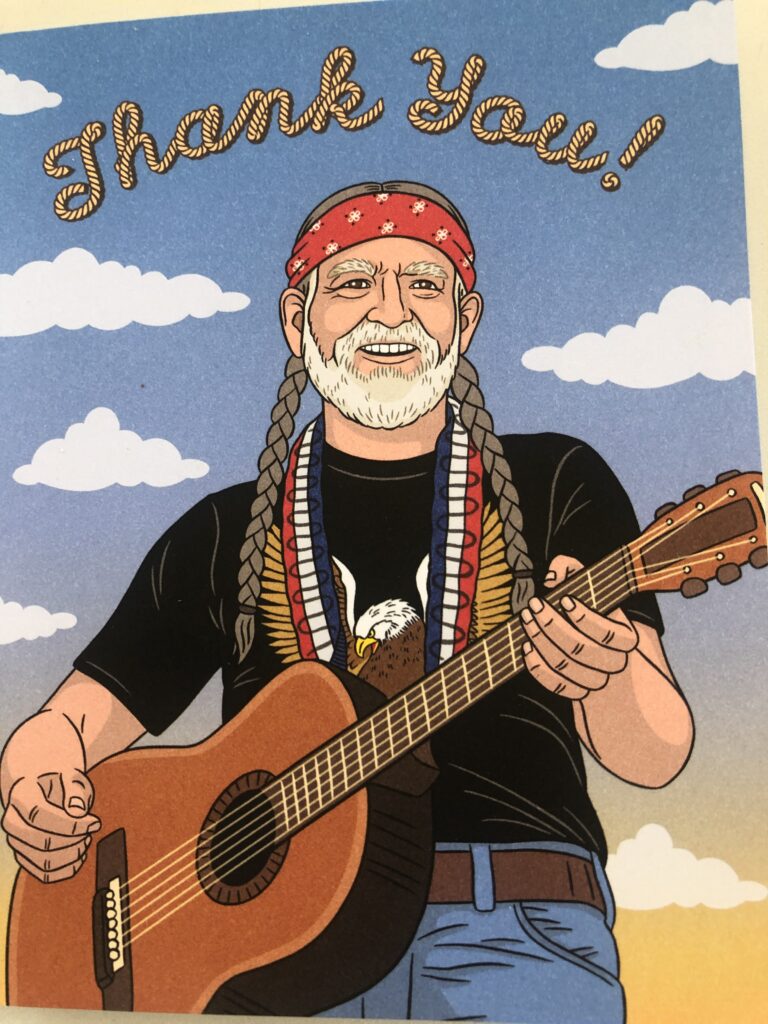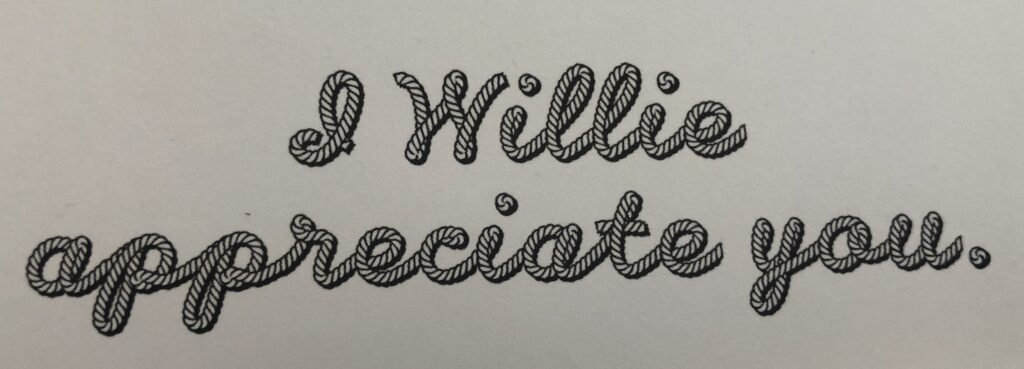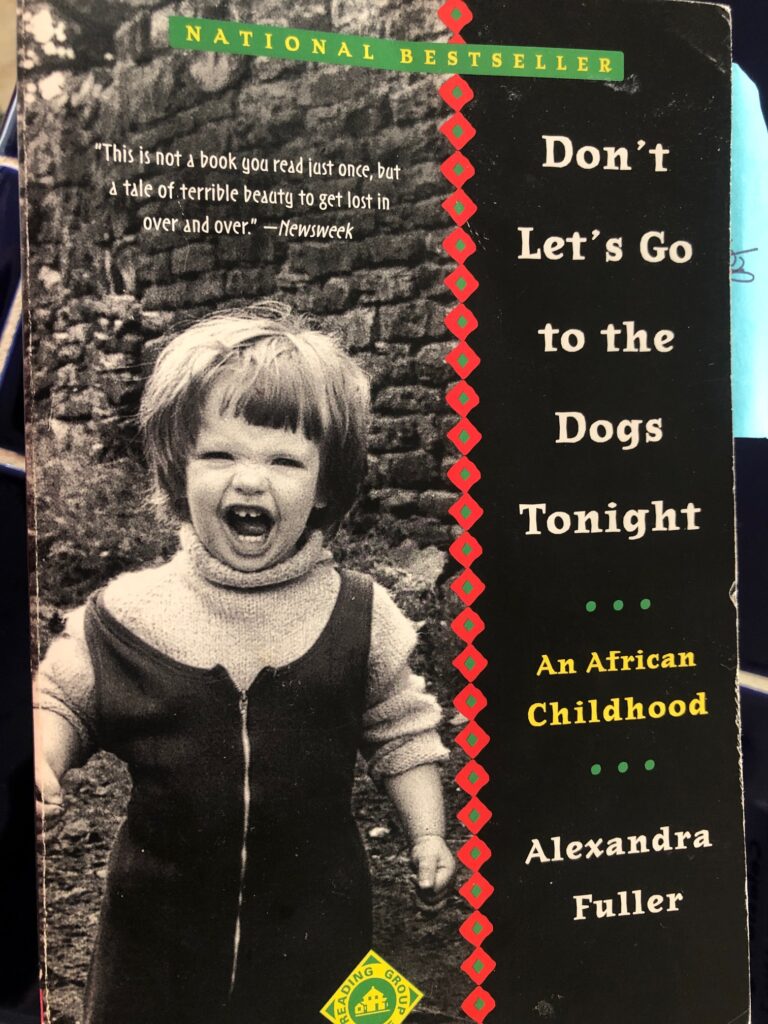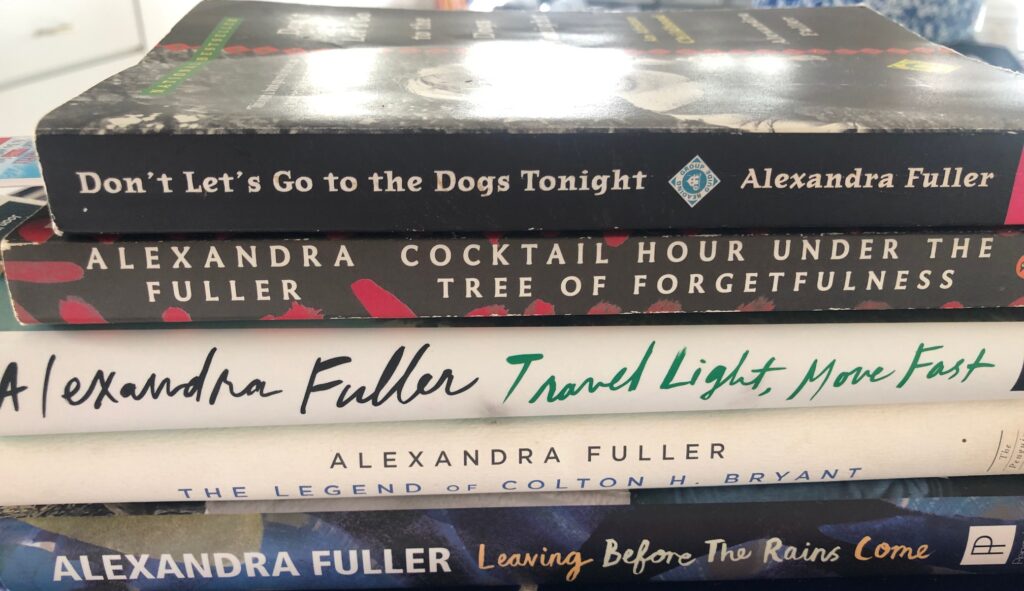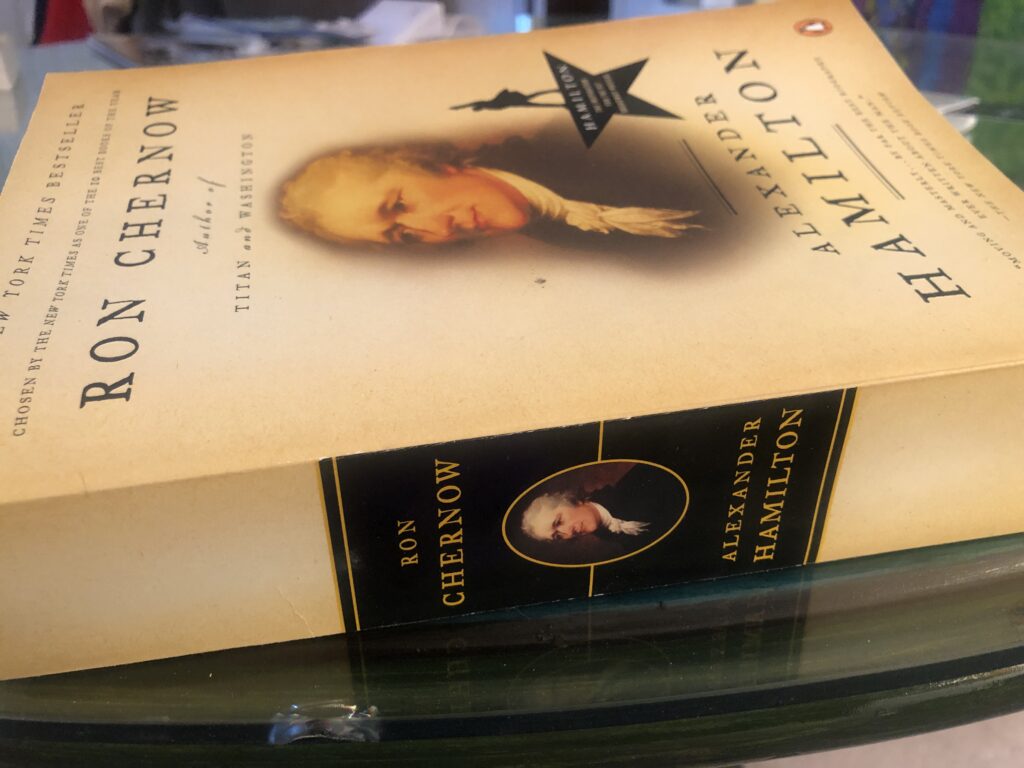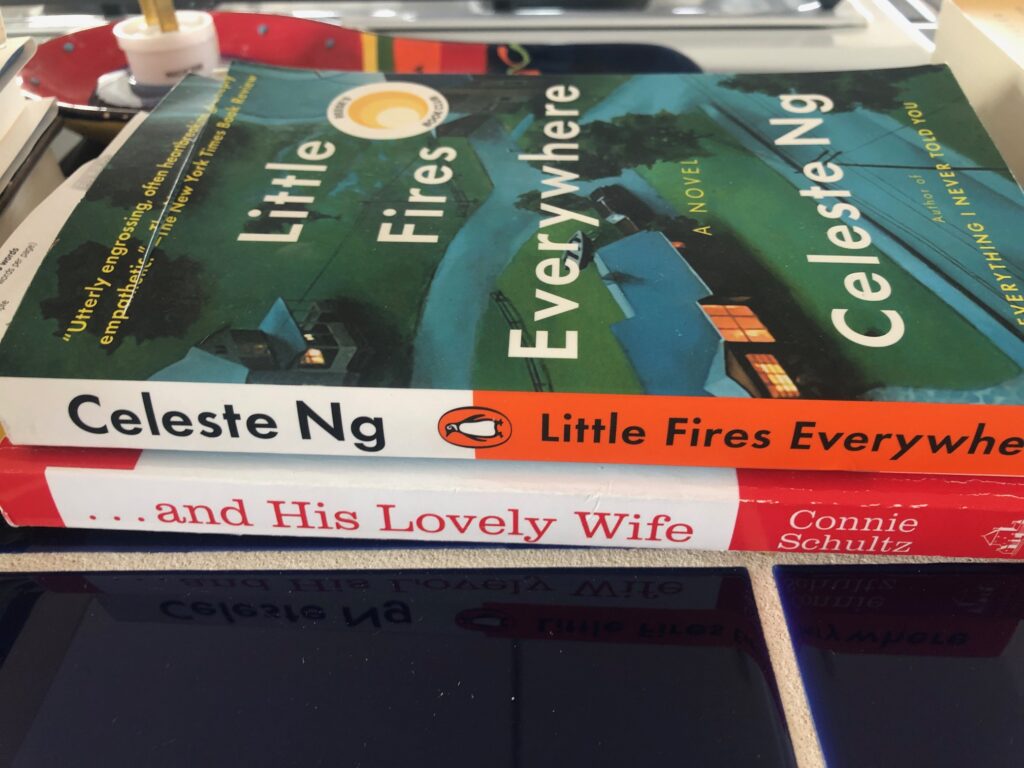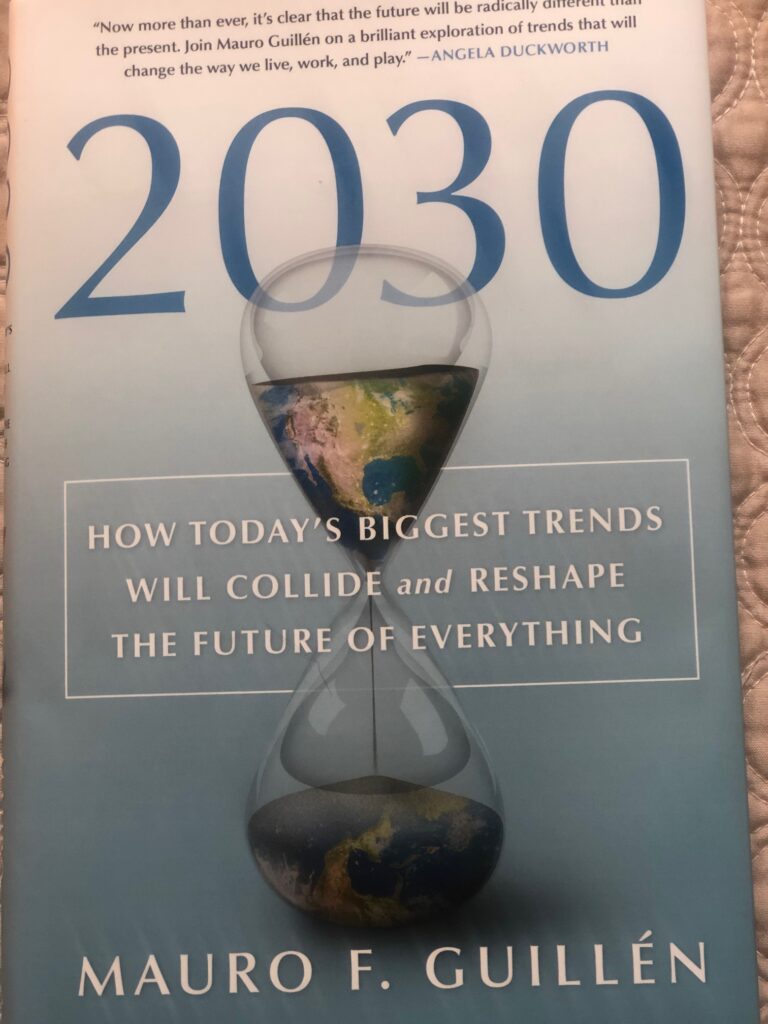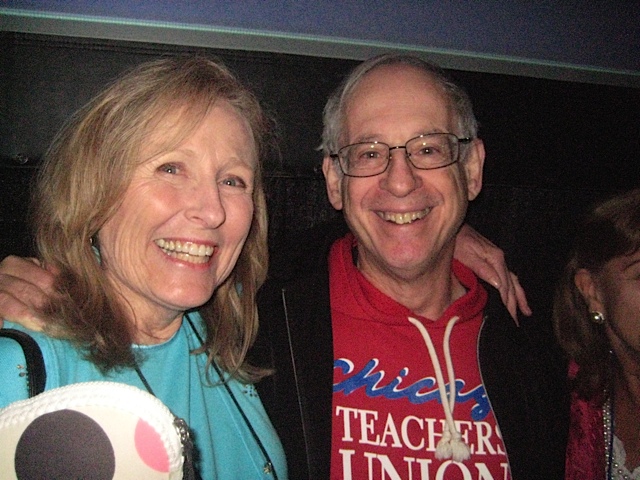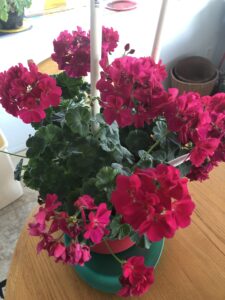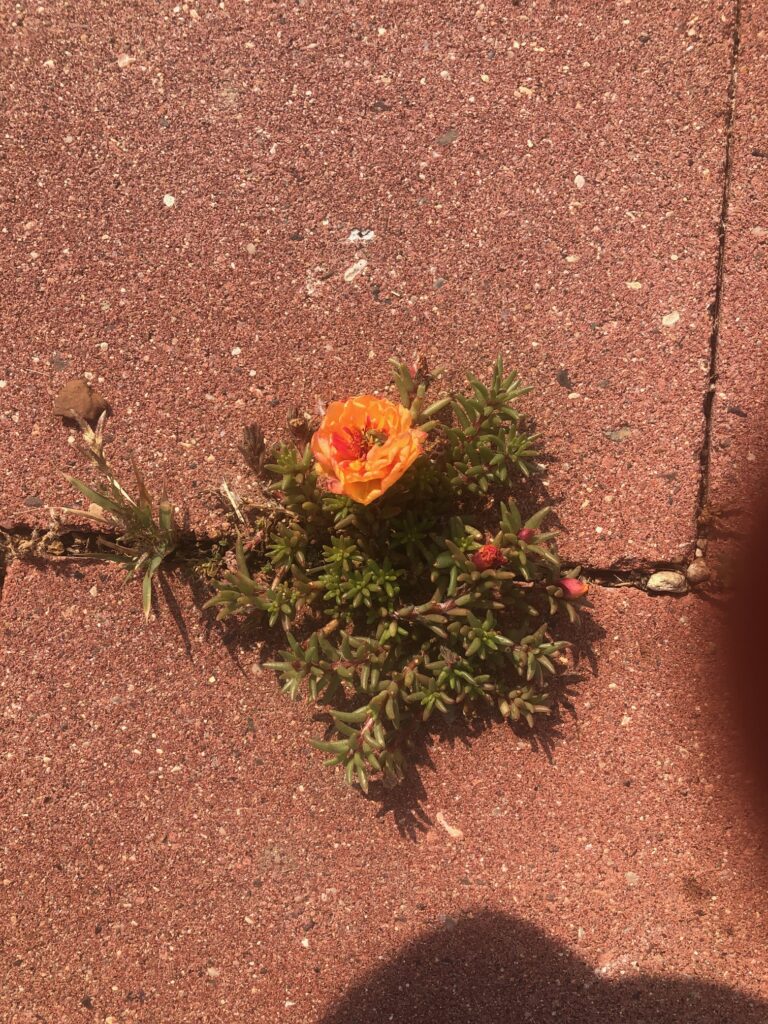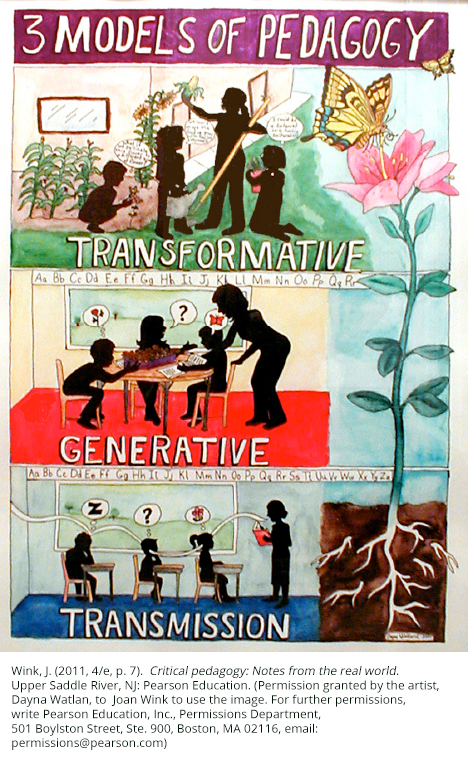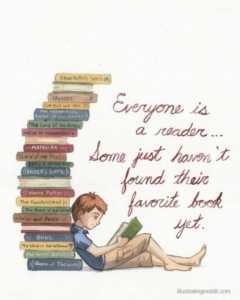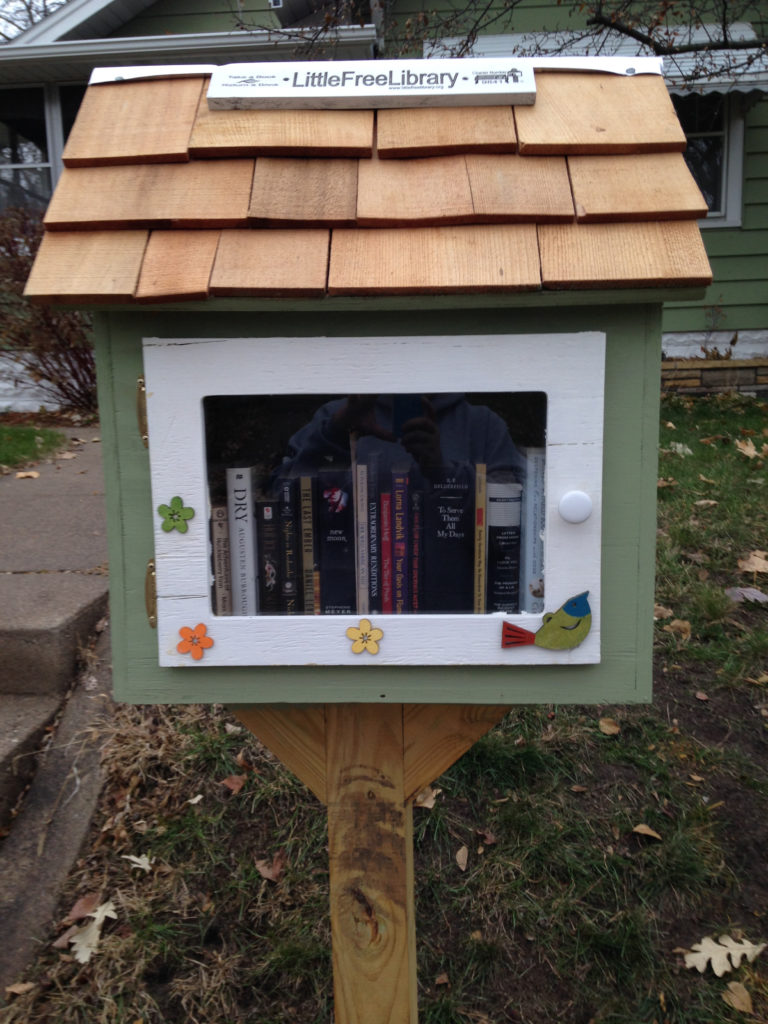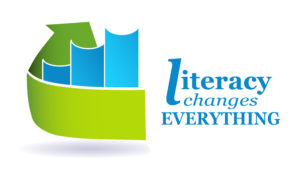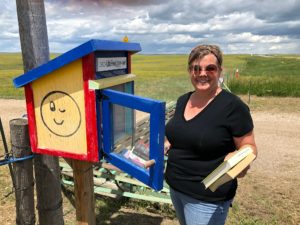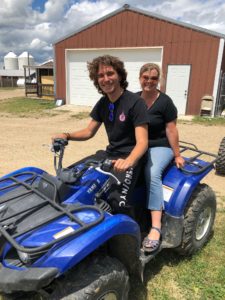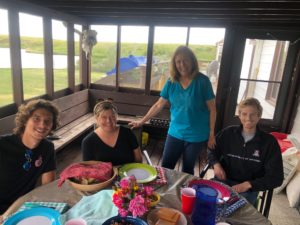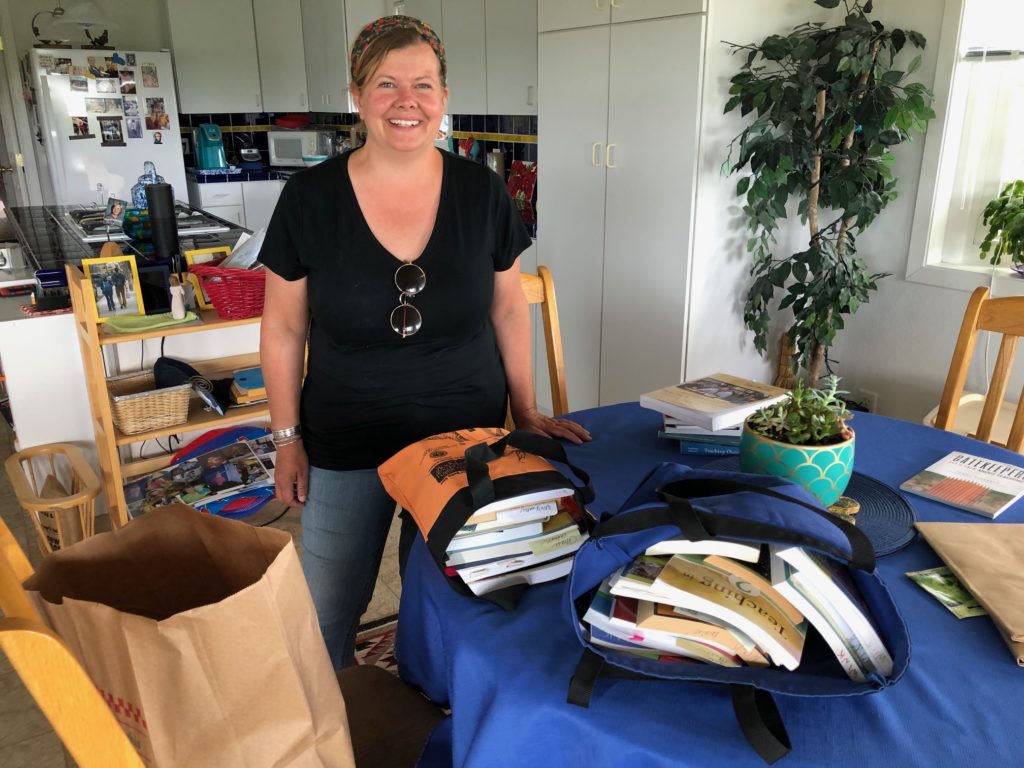
Dear WinkWorld Readers,
The purpose of this WinkWorld is to share ways to keep kids learning, whether they are in class, at home, or on a computer somewhere.
However, if you have not read PART ONE of SUNY Oswego, this won’t make much sense. In Part ONE, I shared what a group of SUNY pre-teachers found on a Treasure Hunt of my webpages. In PART TWO, I continue to share the students’ discoveries. In addition, I continue to use the initials–not the complete names.
Click here to see PART ONE.
From PC:
Joan Wink recently posted on her WorldWink resources for parents to use to help their children while the schools are closed. On the page she posted several YouTube videos of read alouds that parents can show to their kids. Providing parents these tools can be extremely helpful especially for parents who may lack books at home. Wink also provided links to virtual field trips. The information provided on this page provides parents and student opportunities to continue to learn. I enjoyed listening to the read alouds and I think kids would really like to listen to these stories. The videos cover a range of topics.
Learning with Your Kids at Home: Some Resources
From EW:
Story time is a huge part of my daily schedule teaching pre-K, but I was unaware the positive effects story telling has on students writing development. Wink states, “ In addition, storytelling, “initiates writing because children quickly want to write stories and tell them.” This makes a lot of sense, but I hadn’t thought of the benefit of writing development from storytelling. This seems like a great fit to introduce writing to students by telling them they will learn to be able to tell their own stories! I am going to keep this in mind when we go back to school next year. I think it will keep the students excited to practice writing.
From LS:
Picture this: You are chilling in bed, rushing to finish up a reading assignment for class due at midnight, but you have to move yourself from that extra comfortable position in order to hold your book in a way that will allow you to keep it open to annotate and highlight important information…
You’re struggling to hold down your book, your hand is over the crease, fingers are spread out. You move your hand slightly to the right cause you’ve been holding the book like that for so long and it’s starting to cramp. The front cover and pages of the book come tumbling down over your hand. You then proceed to open the book up again, scramble to find the page you were on, and grab anything heavy that you have to hold the left side in place. But that lotion bottle you grab just isn’t heave enough and is covering half of the words on the page, so you have to try something else. (and repeat 5x) Sound familiar?
Lisa Westbrook, one of Wink’s colleagues and friends from Texas, has an idea for you! Lisa spiral binds books. She claims “so that she can highlight and write more easily in the book.” You might be thinking, “that’s a lot of extra work!” Actually, it’s very easy! You take any book that you want spiral bound to an Office-Max-type store, and they will take the binding off for you and put on a spiral. It may take a little extra effort, but it’s something small to make your life easier. We often need to put in extra effort to do what works best for students, so take the time and spend the few extra dollars if you can to something that will make life just a little less stressful!
Lisa Westbrook: How/why to spiral bind a book
Thank you, Lisa Westbrook.
From MP:
As a first year teacher, I do not have much experience on how to begin a school year with my students. I enjoyed reading through many of Joan Wink’s words of advice, but this one stuck out to me the most. I will keep this in my “Tool box” of ideas for the years to come. b
She began her advice, with suggesting to Begin With A Book. She spoke about how one of her friends reached out on a Social Media platform asking people to donate books for her students for the first day of school. On the first day – each student got a free new book for them to take home and enjoy. She told her students that their “homework” was to go home and read 30 minutes from their NEW book. This shows the students that their community cares about them and their education.
Another example that was provided, is to send post cards to all of your students before you meet them. Write them a caring letter/note inviting them in to meet you before school begins or to bring in school supplies prior. I absolutely love this idea!
From JL:
I have been monitoring her blog for a couple of days to see if there is anything new to post during this crisis, and I was surprised to see that her newest blog post (from March 31st) was about Ann, The Winter Pilgrim who visited Wink on her pilgrimage to a church in the neighboring town. I have never heard about the Society of Servant Pilgrims who travel across the world in religious practice in an effort to love thy neighbor and connect with the world at large.
Below here is Ann, the pilgrim.
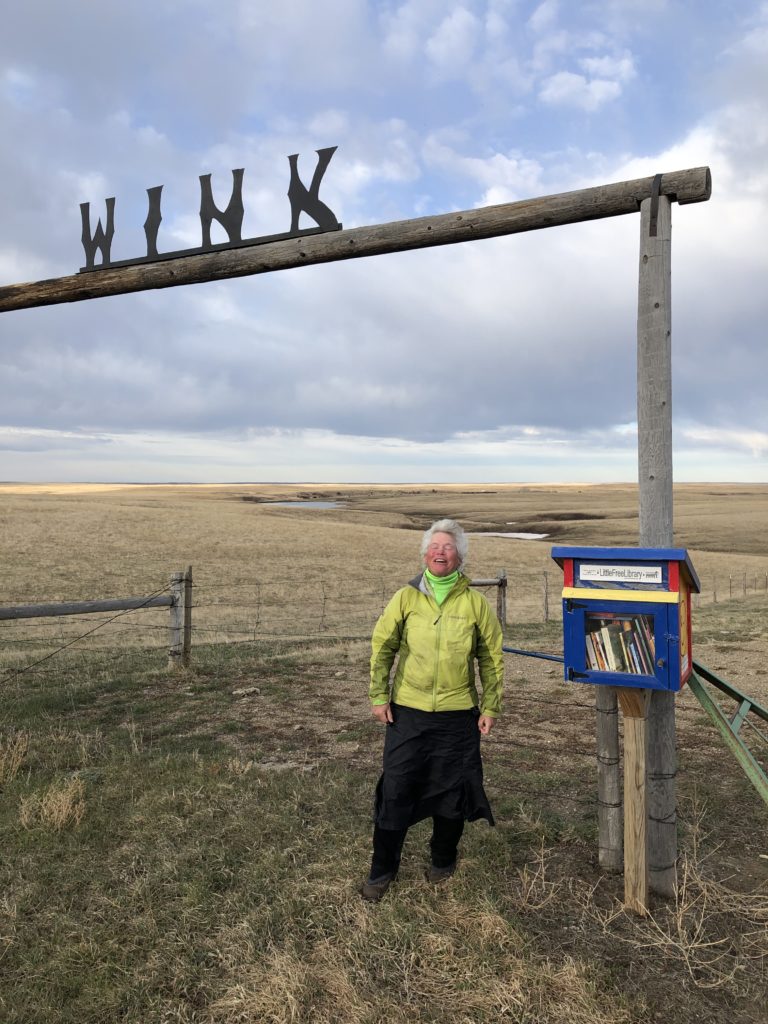
I think her blogs are a treasure because these are bits of information that students and myself would never have known about. I truly think that all author blogs are a treasure because of how much information can be kept there. For this particular blog, the students can explore the Society of Servant Pilgrims website and discover new and interesting things about these people that walk all over the world to meet and connect with others. Check out the blog post here.
I got this from my LIT 521 Technology and Literacy professor gave to me as a resource for a boatload of other author and illustrator websites that you could use for your students 🙂 Since I was talking about blogs, there are a lot of authors and illustrators that also blog on their sites as well and discuss a lot of neat and critical topics. For more great ideas for kids, click here.
From KJ:
Wink offers a link to Stephan Krashen‘s youtube talk on Guided Self-selected reading which I thought was an awesome idea willing to read more often. I think this is something that all teachers of all grades need to consider.

From KN:
Wink offers a Tower Building Activity that I feel would serve as an engaging team-building experience. Each year, I ask students to do something very similar on the second day of school where groups of students are challenged to build the tallest structure using spaghetti, marshmallows, and tape. Student engagement with this type of activity teaches them the necessary collaboration skills that will be needed throughout the year.
From AB:
I found this awesome host of Mary Borba’s Lesson Plan activities and ideas that teachers of any content area can apply to their subject. I loved it so much that I downloaded and saved the PDF before writing this. Personally, I find it hard to remember all the learning games, activities, and strategies I’ve seen or used off the top of my head, and so compilations like this are a great tool in my toolbox. Additionally, even if I don’t think the activities on this list are right for my lesson, they can inspire me to create my own versions or takes on them.
From JF:
This post discussed how Joan Wink attended Grandparents’ Day at a school.
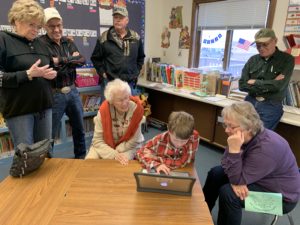
The school she attended was on the isolated prairies so there was only 10 students but this idea of bringing in peoples’ family is very important. The students got to greet their grandparents as they walked in as well as the other students’ grandparents. They then got to complete activities such as a homework assignment, explain their day to day routine, complete some arts and crafts, as well as complete an interview. The students were completely engaged and got to become connected with their family members on a deeper level.
Thank you, Mary Borba.
From AS:
This post discussed a Shoebox Autobiography. Students are able to decorate a shoebox and put special items inside that have a memory that goes along with it. I thought this is a great idea because I know many of my younger students have trouble when it comes to writing personal narratives. This shoebox has actual items or funds of knowledge in it that allow the student to remember that moment in time and tell the story of what happened. I normally use a heart map at the beginning of the year where students draw pictures of different events in their life. But, I think objects will allow students to remember more details about the moment and having the object in your hands might also bring all the senses into play and the details of the story can be greater.
From ELR:
This post from Joan Wink discussed many options for parents to do with their children at home during this unprecedented time. The first idea was stories that can be read online to children. First, she says that the Internet is a free library, so use the resource. Scribid and Redshelf have many free books online that authors have given permission for them to post for free. The second resource discussed is free coloring book pages that can be downloaded, printed, and colored. The third resource discussed is virtual field trips. Many museums, zoos, and other places have offered virtual field trips to keep kids busy and learning.
I found this on the WinkWorld News tab on Joan Wink’s webpage. The link is posted here.
Thank you, Professor Tania Ramalho and future teachers of SUNY Oswego for sharing with us.
